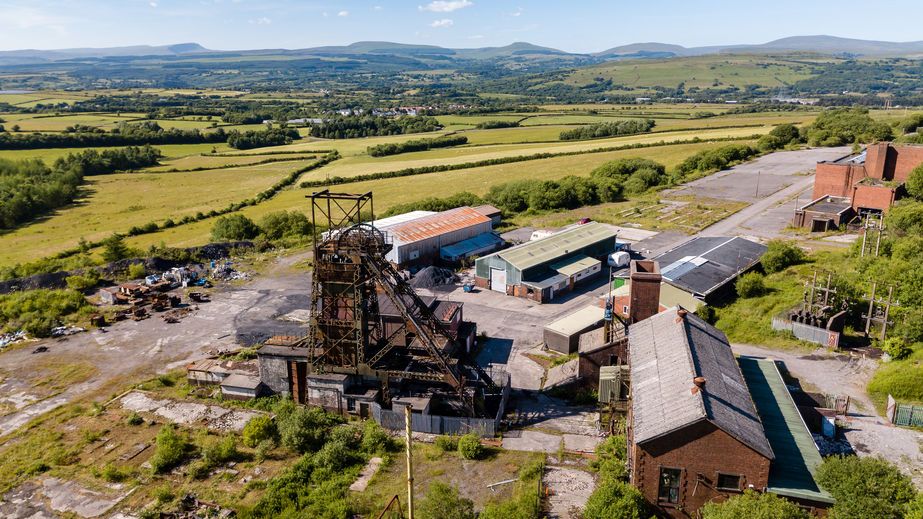
Abandoned coal mining and civil air defence tunnels could be linked together to form underground, intensive crop planting areas to feed the rising population, according to UK academics.
Subterranean farms is an alternative approach to large scale crop production, which its advocates say improves food safety, yield and cost efficiency.
Such farms could be established close to, or beneath, city centres to reduce transport costs and CO2 emissions.
Cost-effective underground tunnels for crop planting could be constructed using new drilling techniques and these could be linked with existing coal mining and civil air defence tunnels, many of which are now abandoned.
University of Nottingham Professor and Chair in Sustainable Energy, Saffa Riffat explained: “There are millions of redundant coal mines and tunnels in the world which could be linked to new tunnels for crop production.
“In the UK there are over 1,500 redundant coal mines, and in China, there are over 12,000 abandoned coal mines (0.6 million m3), 7.2 billion m3 of tunnels and about one billion m3 of civic air defence tunnels,” he said.
No restrictions
Mining engineering expert, Professor Yijun Yuan will work with Professor Riffat on the project, which will focus for the next two to three years on the potential for the concept in the UK and China.
A variety of crops could be grown in the subterranean farms using hydroponic planters, which feeds plant root with nutrient-rich water. Coloured LED units would enable photosynthesis in the absence of sunlight.
The experts say groundwater could be used directly or water could be condensed from ambient air.
A major benefit of this approach is that crop production is largely unaffected by climatic or seasonal restrictions - one of the greatest limitations of conventional farming methods - allowing production of all kinds of crops all year round.
The concept would also enable crops to be produced in arid and water-deficient areas.
'Capture and release'
Carbon dioxide (CO2) is required for plant photosynthesis, and the subterranean farms will use CO2 capture and release systems, as these spaces are well suited to carbon storage.
Use of carbon capture systems has the added benefit of reducing CO2 concentration in the environment, as additional carbon is adsorbed in materials in the subterranean space.
Advanced control systems including sensors and remote controls could be used to monitor crop production. Electricity generated from renewable sources and off-peak power could be used to power the LED lighting for plant photosynthesis.
Professor Riffat added: “Many crops are now being grown in greenhouses. Although this provides a controllable growth environment, greenhouses are heavy energy consumers.
“Vertical farms are a relatively recent adaptation of the traditional greenhouse and are suitable for use in cities, as their tall glass structures provide high crop yields on a small land area.
He added: “However, vertical farming systems are expensive to manufacture and install, and require a large amount of water and energy for heating and cooling. They are also vulnerable to extreme weather conditions, wars and terrorism.”
Existing agricultural problems, such as high dependence on atural resources, low production capacity and limited control over safety could be solved if agricultural plants were grown using subterranean farms, Professor Riffat said.
